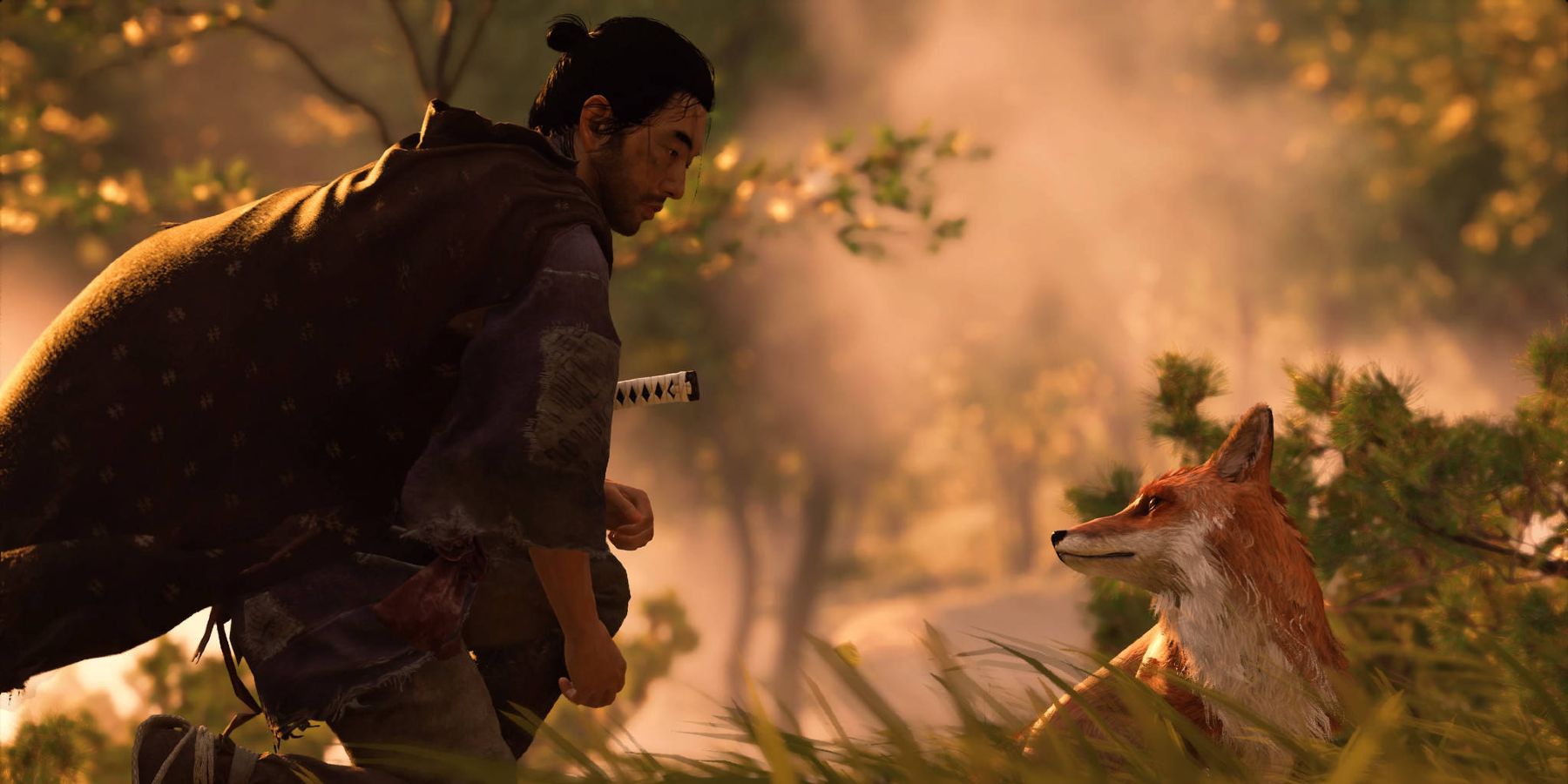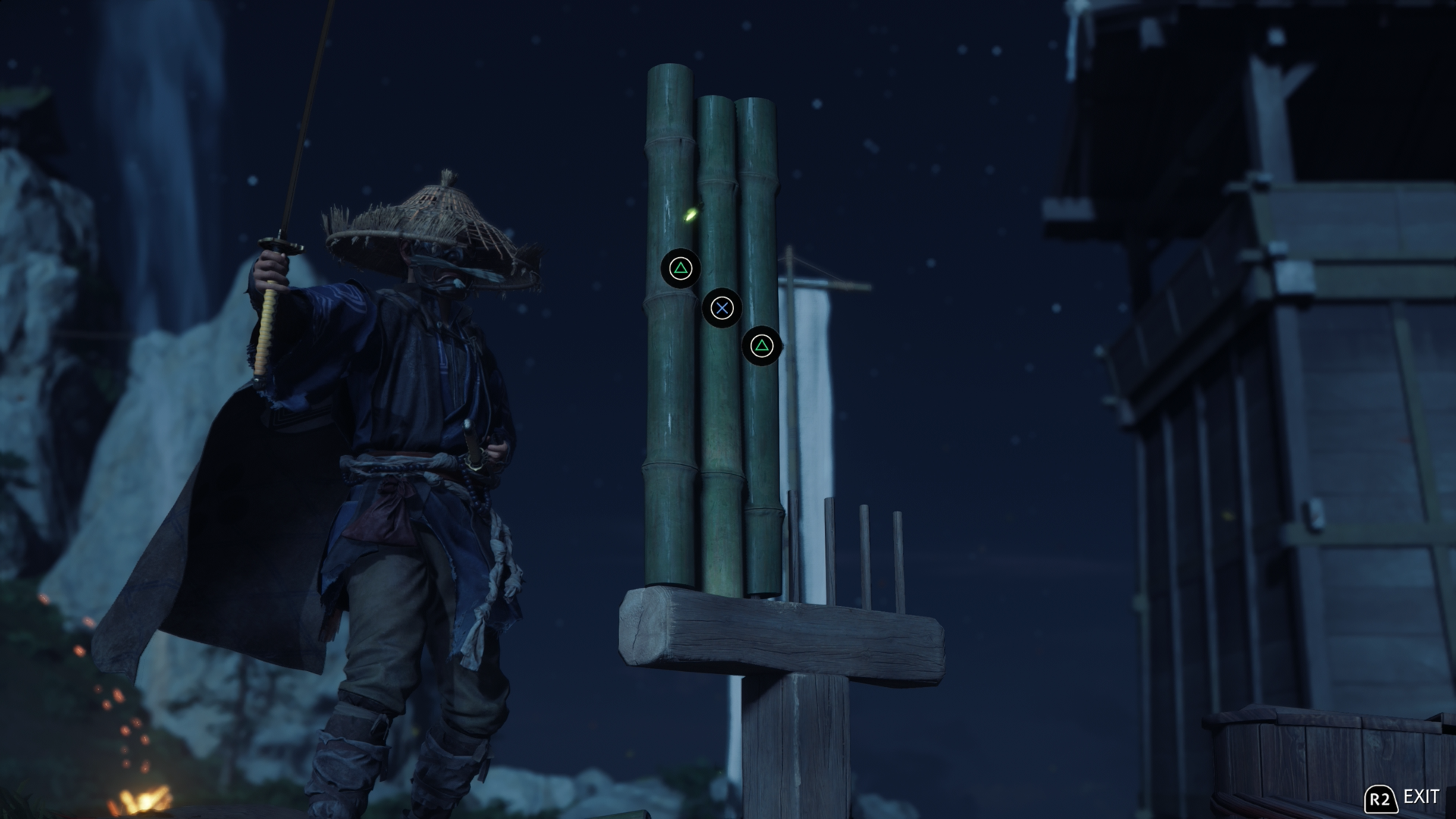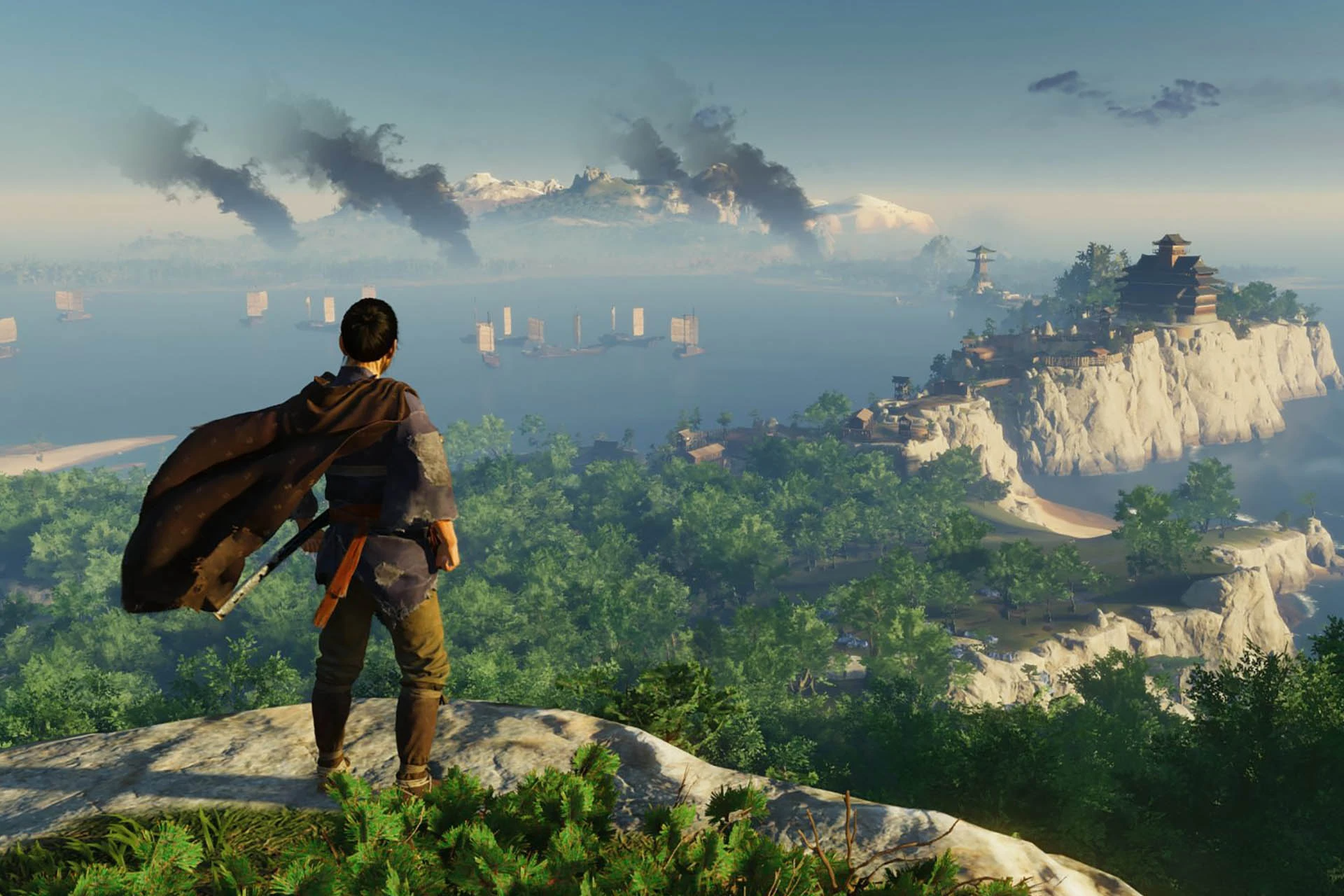Ghost of Tsushima does not seemingly have a lot of franchise potential from the perspective of how intimate its narrative is. The Mongol occupation of Tsushima is a mere backdrop to the main conflict, which is Jin Sakai and Lord Shimura’s moral contrast. Ghost of Tsushima’s canon ending is apparently the one where Jin spares Lord Shimura, edging further into his role as the Ghost, and this suggests that their relationship could potentially be challenged again in a sequel. No such sequel has been confirmed, but it is still interesting to consider what else could be iterated upon from Ghost of Tsushima.
For example, it would be great to see Ghost of Tsushima’s choice-based quests and generally rigid quest structure be more open and nonrestrictive. The game proposes a wealth of exploration in a beautifully depicted Tsushima island, and that is where Ghost of Tsushima thrives. There is an abundance of side quest tales that players can indulge in to learn more about NPCs and earn supplementary rewards, but where the game’s open world truly shines is in its seemingly incidental activities. Because these rampant activities are so engaging, it would be difficult for a sequel to top them.
Ghost of Tsushima’s Open World is Teeming with Fun Activities
Ghost of Tsushima’s open-world side activities include bamboo strikes, fox dens, Shinto shrines, haiku, and hot springs. Bamboo strikes increase maximum resolve, foxes will lead players to Inari Shrines where additional charm slots and upgradeable charms are found, Shinto shrines offer new charms, haiku offer cosmetic headbands, and hot springs increase maximum health.
Some of these activities are much more involved than others, such as Shinto shrines allowing for entire platforming sequences along peaks, and bamboo strikes engaging players in a QTE challenge. It is fun to follow foxes, if for no other reason than getting to pet them afterward—which is often a better reward than charm slots and upgradeable charms themselves.
Moreover, all these activities are embedded in the open world in a way where players will always stumble upon them while they travel to other destinations. This encourages players to take a quick moment away from their primary goal and enjoy a reward for little effort, and the fact that they are all fun and satisfying is a cherry on top.
They are all different from one another as well, making it so that players can easily go from one to another in succession if they wish to. Going for these activities early is also helpful for players who want easy buff increases because players can get a great head start on maximum health and resolve this way before they decide to raid Ghost of Tsushima’s Mongol encampments.
Ghost of Tsushima’s Sequel Has Its Work Cut Out for It
It is always appreciated when new IPs throw in the kitchen sink because it shows commitment to ambition. But because of how many activities Ghost of Tsushima already has, a future sequel would need to be rather creative to come up with others that are equally engaging.
It may ultimately come down to where the game takes place, assuming it is still on the island of Tsushima as the game’s name would suggest before a subtitle is introduced. If a potential sequel’s open world is much different, and the game is more or less discovery-driven than in Ghost of Tsushima, then that would have an impact on how many activities there may be.
If certain features or mechanics are improved upon or changed, that would also require some attunement in activities that reward players. Either way, Ghost of Tsushima's sequel has a high bar already set when it comes to its open-world exploration, and it will be exciting to see if a sequel ever dares to match or exceed it.
Ghost of Tsushima is available for PS4 and PS5.



